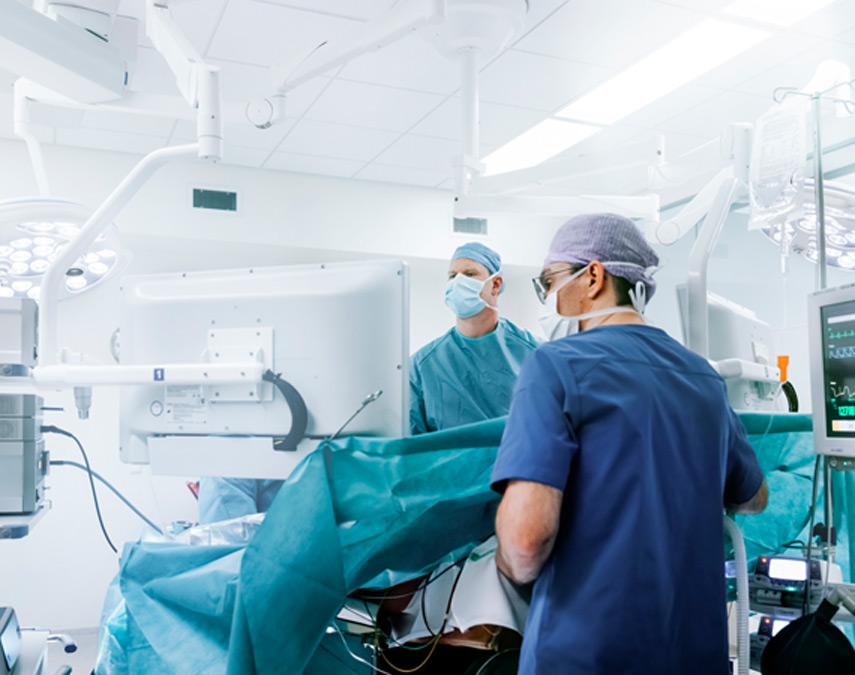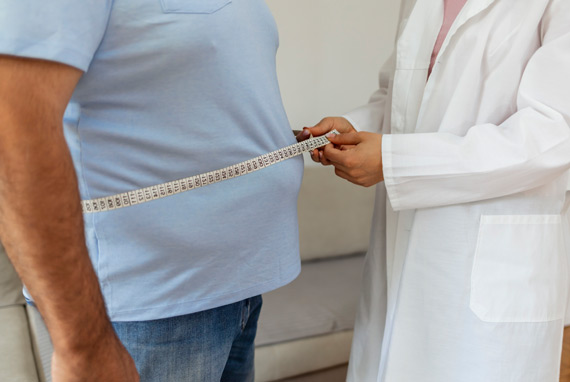Endoscopic sleeve gastroplasty is a minimally invasive weight loss procedure that involves inserting a suturing device into the patient’s esophagus and down to their stomach. The endoscopist then places sutures in the stomach to make it smaller.
The procedure may be an option for significantly overweight patients who have a body mass index of 30 or more and who haven’t experienced results with diet and exercise.
Endoscopic sleeve gastroplasty is an effective weight loss treatment, helping patients lose weight by limiting how much they can eat. Because the procedure is minimally invasive, the risk of operative complications is minimal and patients are able to return to daily activities relatively quickly.



